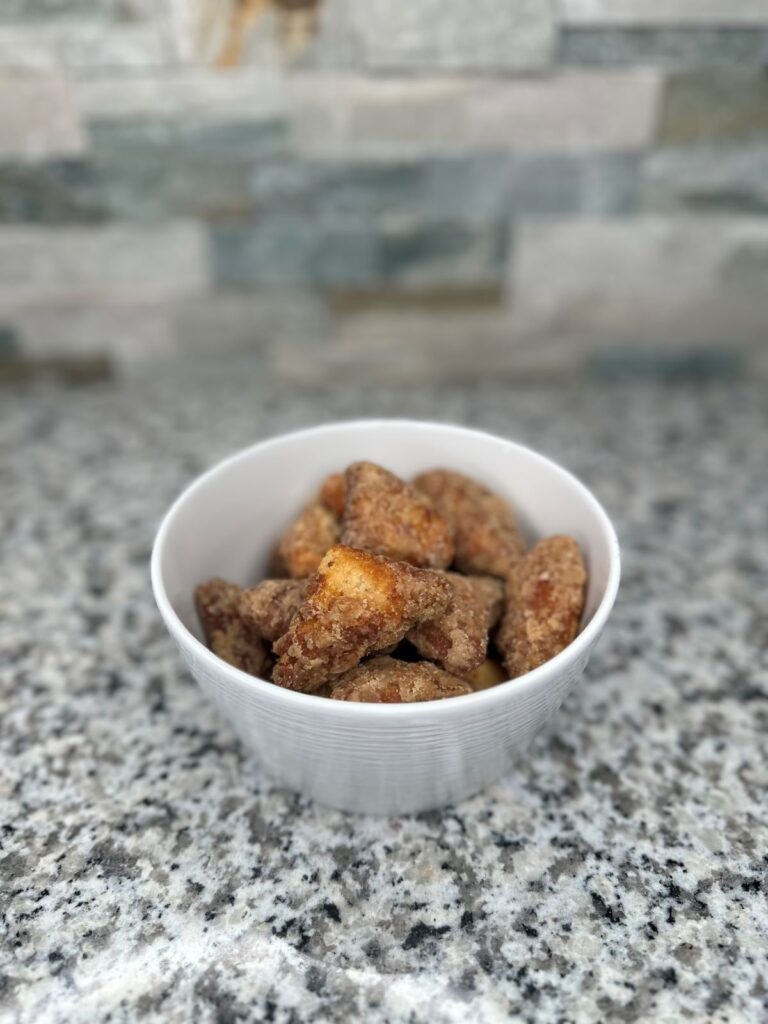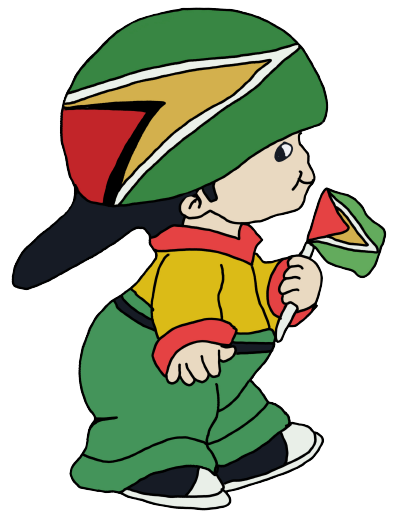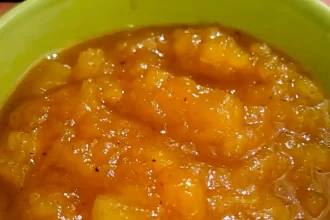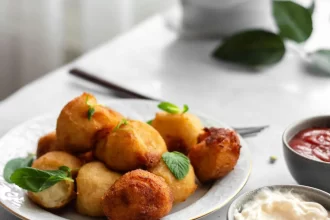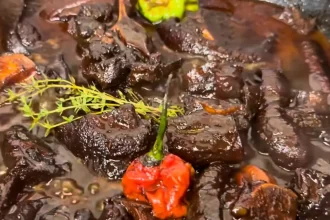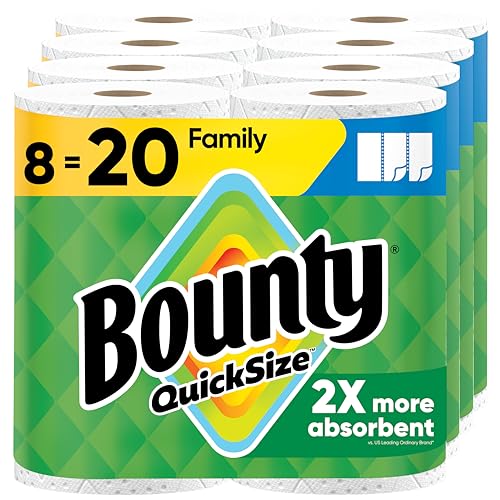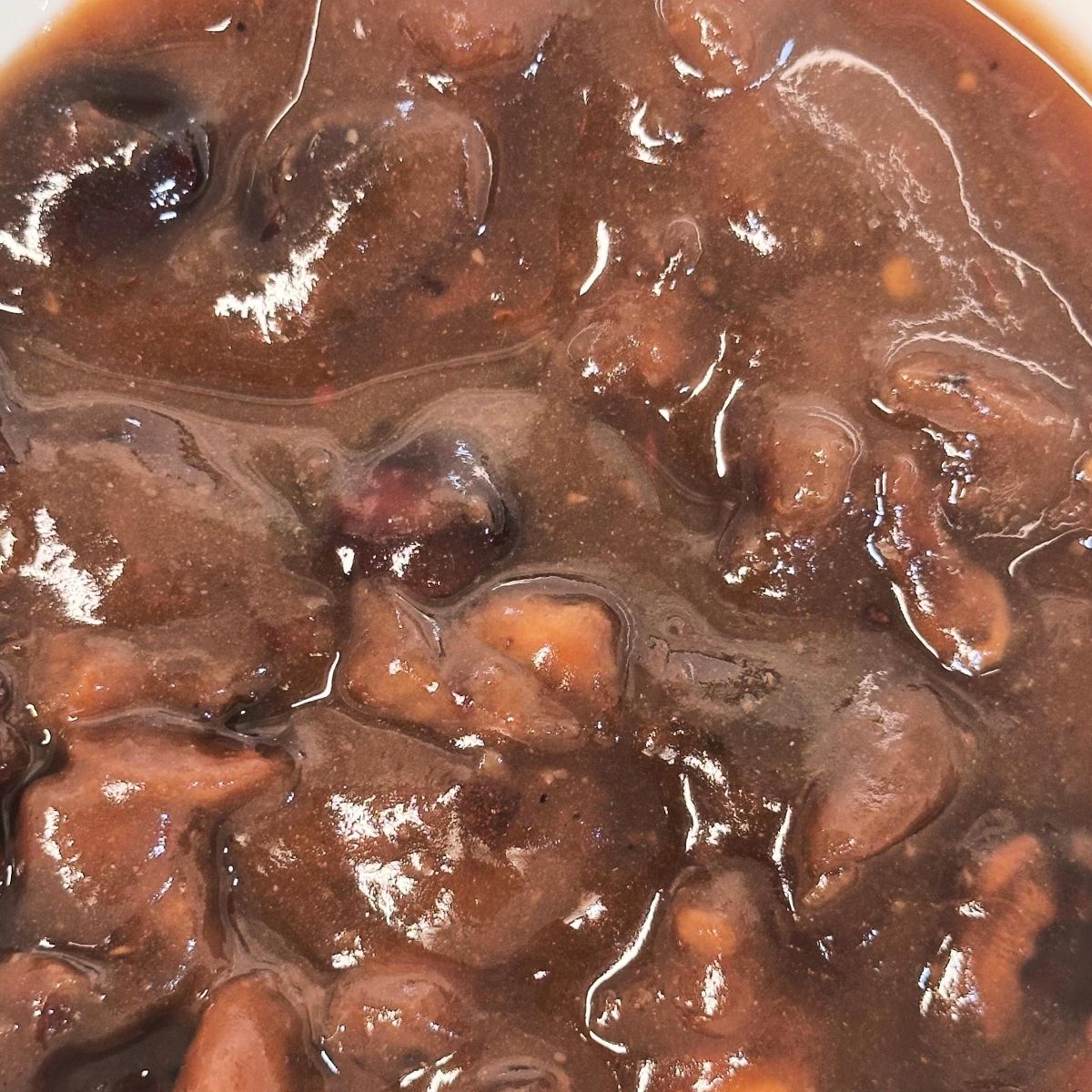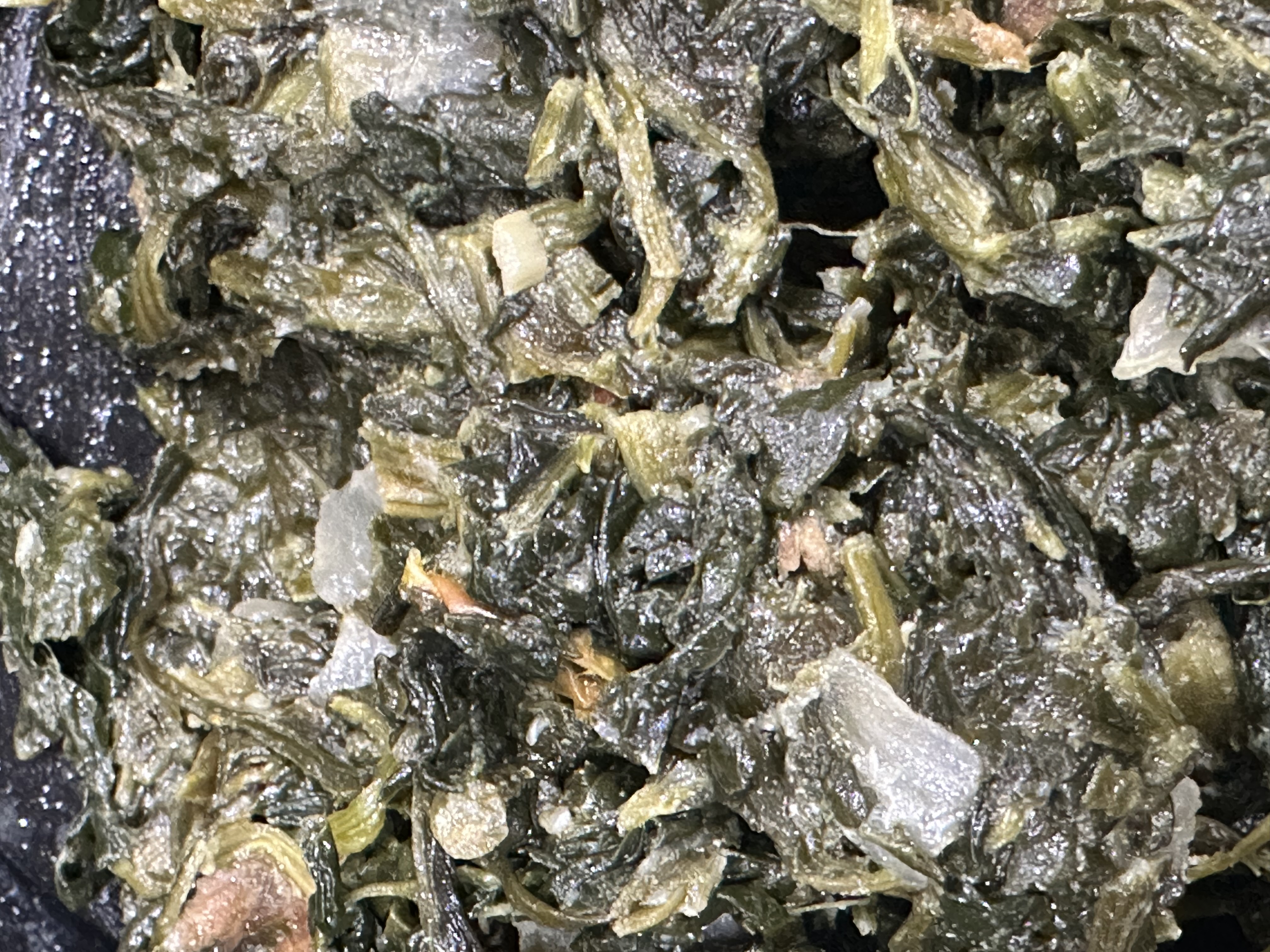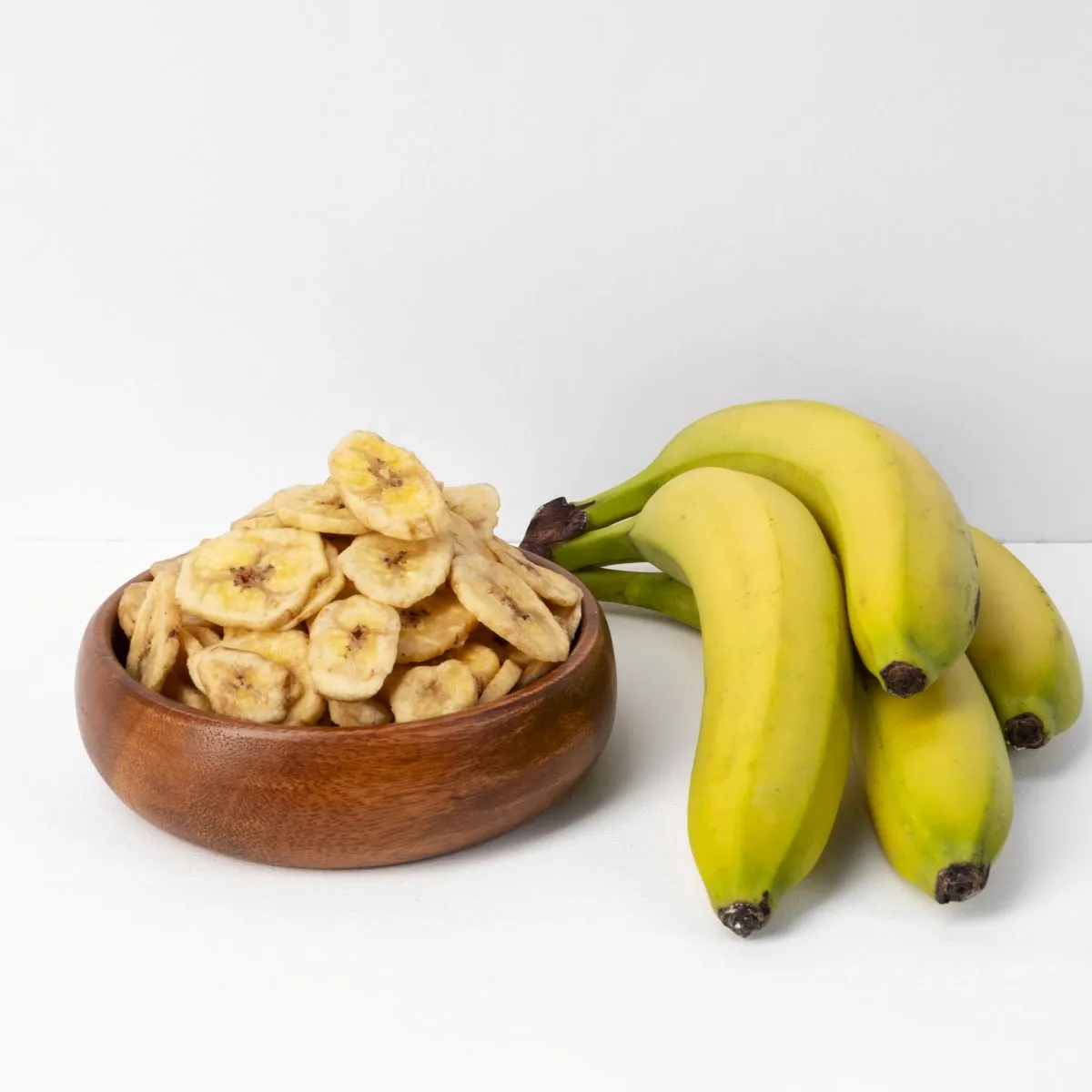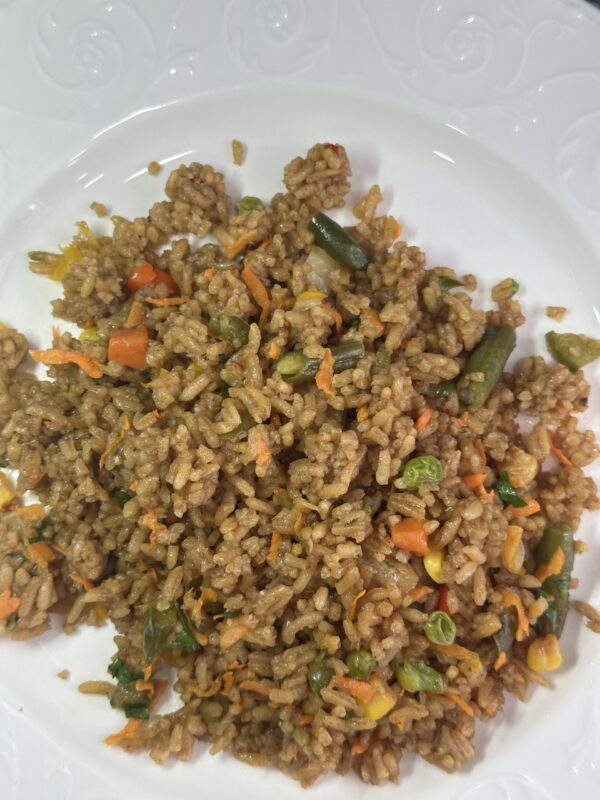If you’ve never had mithai before, where have you been hiding?! Guyanese soft mithai is one of those snacks that shows up at every family gathering, wedding, or random Saturday because, let’s be real—it’s addictively good. Imagine soft, sweet fried dough, coated with a sugary syrup that leaves a glossy finish, perfect for munching on while you catch up with tantie about the latest bacchanal.
The Indian Roots of Mithai
Did you know that mithai has deep roots in Indian cuisine? In fact, the word “mithai” itself comes from the Hindi language, meaning “sweet.” Originating from India, mithai is an umbrella term for a wide variety of traditional Indian sweets made with ingredients like flour, sugar, milk, and ghee. From laddoo to gulab jamun, jalebi to barfi, Indian mithai is as diverse as the regions they come from.
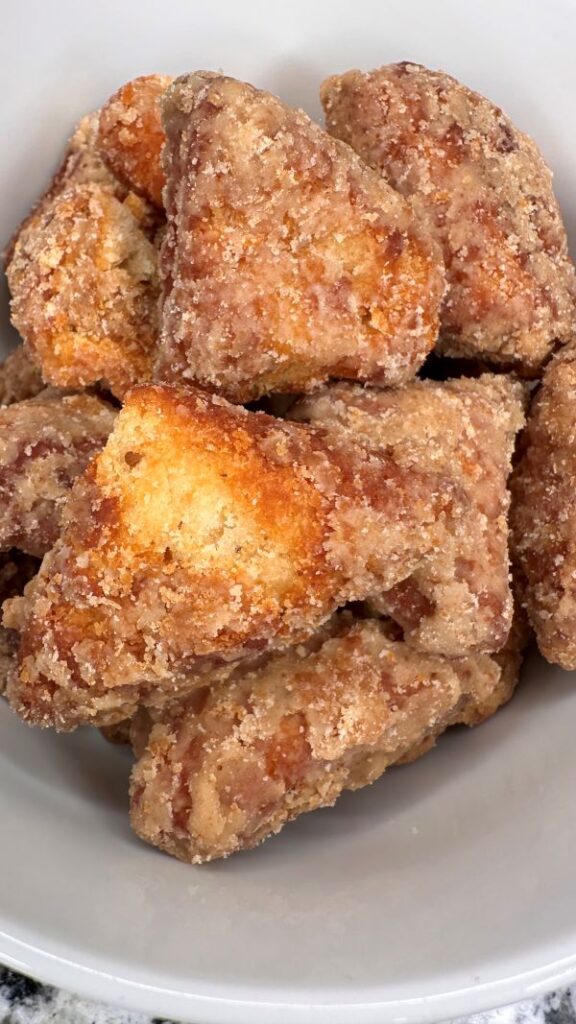
When Indians migrated to Guyana in the 19th century, they brought with them their rich food culture, which blended beautifully with local flavors. That’s how Guyanese mithai was born—keeping the essence of Indian sweets but adding our own unique twist to it. While Indian mithai is often served during festivals like Diwali and weddings, in Guyana, it has become a year-round treat, showing up at every celebration.
Fun fact
In India, sweets like mithai are often given as gifts during religious festivals like Diwali, Holi, and Raksha Bandhan, symbolizing love, happiness, and celebration. Similarly, in Guyana, soft mithai is a must at special events like weddings and family gatherings.
Indian Mithai vs. Guyanese Mithai
What’s the difference between the two? Indian mithai is typically softer and sweeter, with more variety, like pedha or kaju katli, which are made with dairy, nuts, and spices. On the other hand, Guyanese soft mithai keeps things simple with a dough made of flour and milk, then fried and coated in sugar syrup. Both are delicious, but if you’ve grown up in Guyana, you know there’s something special about our version—especially when it’s fresh out the fryer!
For a truly authentic experience, try pairing your Guyanese soft mithai with a cup of Indian chai tea. The blend of spices in the tea complements the sweetness of the mithai, making it the ultimate snack-time combo.
Ready to make your own? Let’s dive into the easiest, most satisfying mithai recipe that’ll make your whole house smell like de bess Guyanese bakery.
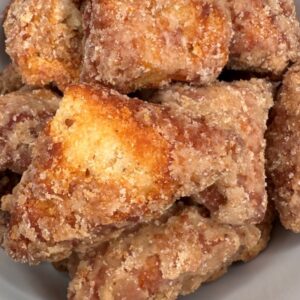
Guyanese Soft Mithai Recipe
Equipment
Ingredients
For the dough:
- 2 cups all-purpose flour
- ½ cup sugar
- ¼ cup milk powder
- ¼ tsp ground cardamom elaichi
- 1 tsp baking powder
- ½ cup butter room temperature
- ¼ cup evaporated milk or as needed to make a soft dough
For the syrup:
- ½ cup sugar
- ¼ cup water
- 1 tsp vanilla extract
- ½ tsp grated ginger optional
For frying:
- Oil enough to deep fry
Instructions
Make the Dough
- In a large bowl, mix the flour, sugar, milk powder, cardamom, and baking powder.
- Add the softened butter to the dry ingredients and use your fingers to rub it in until the mixture becomes crumbly.
- Gradually add the evaporated milk and mix until a soft dough forms. Don’t overmix.
Roll and Cut
- Divide the dough into two balls. Roll each ball out on a lightly floured surface to 1/4-inch thickness.
- Cut the dough into strips, then into diamonds or rectangles.
Fry Time
- Heat oil in a large pot for deep frying.
- Fry the dough pieces in batches until golden brown, flipping halfway through. Each batch takes about 2–3 minutes. Remove and drain on paper towels.
Make the Syrup
- In a saucepan, combine the sugar, water, vanilla, and ginger. Heat on medium until the sugar dissolves and the syrup thickens—about 5–7 minutes.
Coat the Mithai
- Pour the syrup over the fried mithai and gently toss to coat each piece. Let them rest for 10–15 minutes for the syrup to set.
Notes
Nutrition
Leave a Comment!
Guyanese cuisine, especially its sweets, is a true reflection of our multicultural heritage. The Indian influence brought by our ancestors has shaped so much of what we eat today. From dhal puri to gulgula, these Indian-inspired snacks are now part of the Guyanese food landscape.
And, hey, if you’re into exploring different food cultures, why not try your hand at making Indian mithai too? You’ll find that many of the ingredients are the same, and it’s fun to see how food evolves from one culture to another.
If you try this recipe, let me know how it goes! And don’t forget to share it with your family—you know they’re gonna ask for it!
